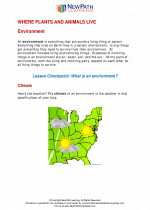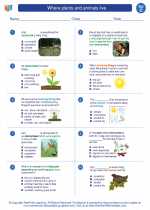Understanding Salts
Salts are compounds composed of positively and negatively charged ions. They are formed when an acid reacts with a base through a process called neutralization. This reaction results in the formation of a salt and water.
Types of Salts
There are various types of salts, including:
- Neutral salts: Formed from the reaction between a strong acid and a strong base, resulting in a neutral pH.
- Acidic salts: Produced from the incomplete neutralization of a polyprotic acid, leading to a slightly acidic pH.
- Basic salts: Created from the partial neutralization of a polyprotic base, resulting in a slightly basic pH.
- Double salts: Composed of two different cations or anions, and they crystallize together.
- Hydrated salts: Contain water molecules within their crystal structure.
Properties of Salts
Salts exhibit various properties, including:
- Solubility: Some salts are soluble in water, while others are insoluble.
- Conductivity: When dissolved in water, salts can conduct electricity due to the presence of ions.
- Color: Certain salts display distinct colors, contributing to their use in pigments and dyes.
- Crystal structure: Salts form crystal lattices with distinct shapes and structures.
Common Salts
Some common salts include:
- Sodium chloride (NaCl): Commonly known as table salt, used for seasoning and preserving food.
- Calcium carbonate (CaCO3): Found in limestone and marble, used in construction and as a dietary supplement.
- Potassium nitrate (KNO3): Used in fertilizers, fireworks, and food preservation.
- Copper sulfate (CuSO4): Utilized as a pesticide, fungicide, and for coloring fireworks.
Study Guide
When studying salts, it's important to focus on the following key points:
- Understand the process of salt formation through neutralization reactions.
- Memorize the properties and characteristics of different types of salts.
- Learn about the uses and applications of common salts in everyday life and various industries.
- Practice identifying salts based on their chemical formulas and physical properties.
By mastering these concepts, you'll gain a deeper understanding of salts and their significance in the world around us.
.◂Science Worksheets and Study Guides Third Grade. Where plants and animals live
Study Guide Where plants and animals live
Where plants and animals live  Worksheet/Answer key
Worksheet/Answer key Where plants and animals live
Where plants and animals live  Worksheet/Answer key
Worksheet/Answer key Where plants and animals live
Where plants and animals live  Worksheet/Answer key
Worksheet/Answer key Where plants and animals live
Where plants and animals live  Vocabulary/Answer key
Vocabulary/Answer key Where plants and animals live
Where plants and animals live  Vocabulary/Answer key
Vocabulary/Answer key Where plants and animals live
Where plants and animals live 

 Worksheet/Answer key
Worksheet/Answer key
 Worksheet/Answer key
Worksheet/Answer key
 Worksheet/Answer key
Worksheet/Answer key
 Vocabulary/Answer key
Vocabulary/Answer key
 Vocabulary/Answer key
Vocabulary/Answer key

The resources above cover the following skills:
LIFE SCIENCE
Unity and Diversity
Construct an argument from evidence to explain the likelihood of an organism’s ability to survive when compared to the resources in a certain habitat (e.g., freshwater organisms survive well, less well, or not at all in saltwater; desert organisms survive well, less well, or not at all in woodlands).
Create models that illustrate how organisms and their habitats make up a system in which the parts depend on each other.